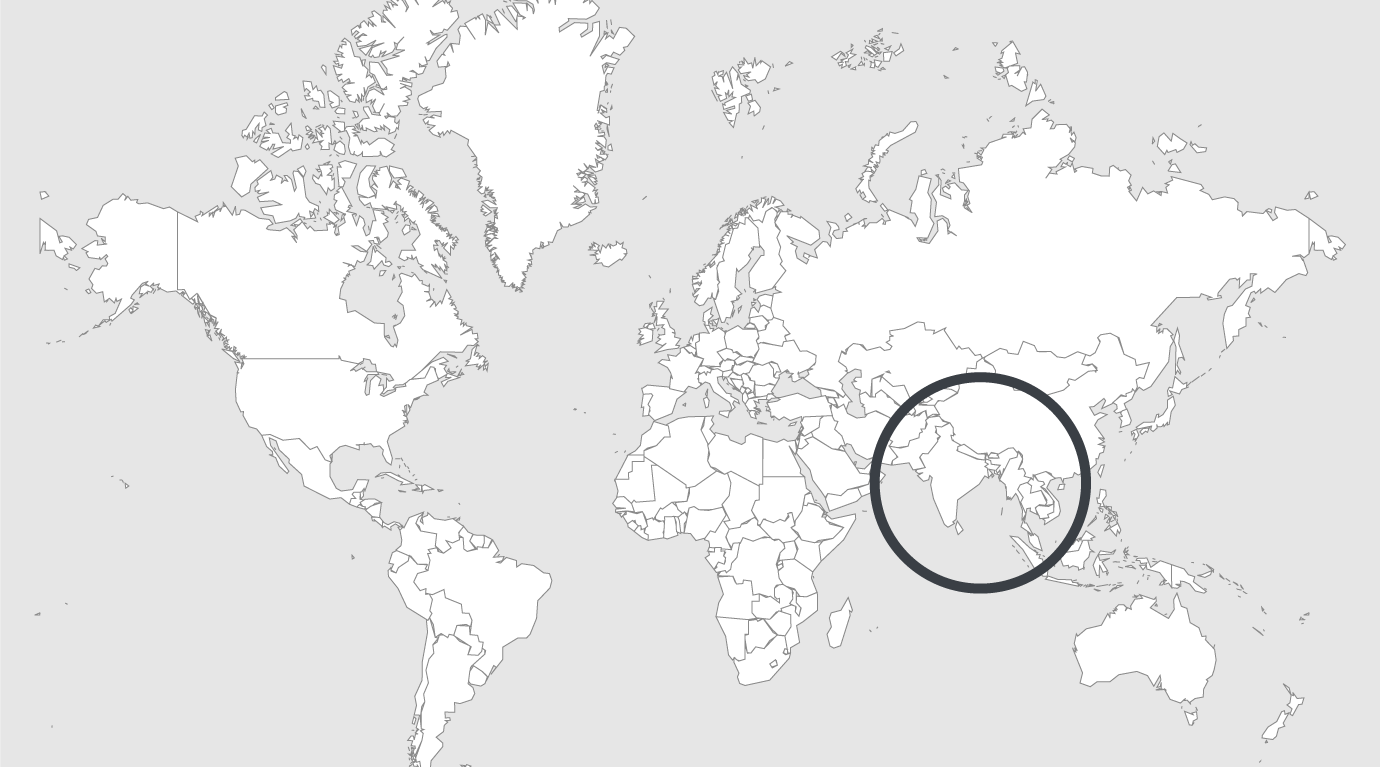
Explore
Exclusive: Singapore wants a prison without guards
“We envisage a future where we can run a prison without guards,” says Soh Wai Wah, Singapore’s Commissioner of Prisons.
His vision is intentionally “provocative”, he tells GovInsider: he wants to show the potential of technology, but doesn’t plan to cut staffing. Instead, prison officers will change roles, spending their time on rehabilitation, rather than on patrol.
As a city state with a Smart Nation strategy, it is easier and faster for Singapore to make major reforms. Soh’s vision is therefore a snapshot of the future for law enforcement. He spoke exclusively with GovInsider about what that entails.
Roboguard
Singapore is looking at how video analytics and facial recognition can free officers from the passive tasks of guarding prisoners. Inmates currently have to be escorted when they move around the prison complex, he says, but this will soon no longer be required. ”With facial recognition, I can know where the prisoner is and where he is supposed to be.”
This tech will first be implemented at the women’s prison by the second half of next year, Soh adds. The prison is being moved from its current 1990s base – a modern complex in international terms – to a newly refurbished complex with the state of the art technology. Prisons may conjure images of dark dungeons or old brick walls, but here “they will be at the vanguard of our technological revolution”.
These tools will also help him “repackage the job” of prison officers, making it more attractive to the younger generation. Government has to compete to hire against other industries which are rapidly transforming, he believes, and when backed against Singapore’s ageing population, this means that the prisons workforce will shrink. In turn, “I need to transform the work to make it more interesting, compelling and purposeful”, he says.
Data-driven prisons
Soh has history as a reformer, who used technology to enable his vision. He inherited a Prisons Service that was focused “overwhelmingly” on security and safety, but it was clear to him that they need to focus on prisoners’ reintegration to ensure that they don’t slip back into prison. “We have made after-care as important as in-care”, he says.
The Prisons Service uses an advanced analytics system to score each prisoner’s chance of re-offending. “We have now come up with a business analytics tool that statistically can assign a risk score to every prisoner in our population,” he says. Officers use this score to select prisoners for suitable rehabilitation programmes.
Soh outlines three critical steps to rehabilitation. First, inmates must be willing to change their attitude. The Prisons Service has hired more counsellors to get prisoners to reflect on their journey, and identify what triggered their offending. They also make them think about their goals in life and how they can change their lifestyle.
Second, they must “confront” their relationships with their families, he believes. Family members are brought into the prison to interact with their relatives. “We have family bonding sessions to help in reconnecting, which will be critical when the person is released,” Soh says.
The third step is ensuring they have skills and can find jobs after their release. The Prisons Services uses the national skills framework to identify what skills inmates will need. “It is important that we give them work inside the prison that can be found after they are released,” he says. For instance, Singapore has a thriving food industry so prisoners can learn cookery skills and baking.
Read full article.
